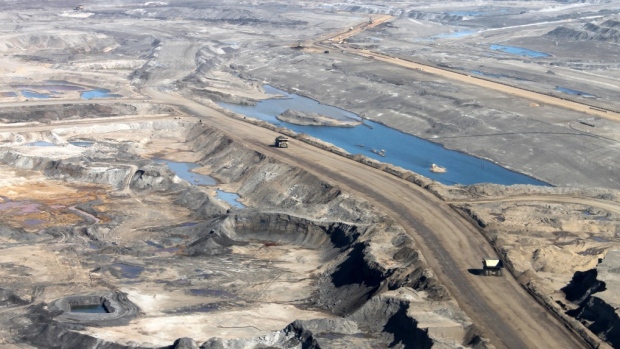
Chemicals released from mines like this oil sands mine in Alberta react with other compounds in the atmosphere to generate harmful pollutants called secondary organic aerosols. (Image via Environment and Climate Change Canada)
Oil sands are one of the largest sources of anthropogenic secondary organic aerosols (SOAs) in North America. SOAs are a component of atmospheric particulate matter, and are known to affect air quality and influence climate. A new study, which combined aircraft measurements, lab experiments, and computer modelling, found that oil sand extraction operations are directly responsible for the majority of SOAs recorded in the aircraft measurements.
The authors of the paper suggest these atmospheric effects should be considered when assessing the environmental impacts of current and future projects for extracting bitumen and oil.
Authors:
John Liggio, Shao-Meng Li, Katherine Hayden, Youssef M. Taha, Craig Stroud, Andrea Darlington, Brian D. Drollette, Mark Gordon, Patrick Lee, Peter Liu, Amy Leithead, Samar G. Moussa, Danny Wang, Jason O’Brien, Richard L. Mittermeier, Jeffrey R. Brook, Gang Lu, Ralf M. Staebler, Yuemei Han, Travis W. Tokarek, Hans D. Osthoff, Paul A. Makar, Junhua Zhang, Desiree L. Plata & Drew R. Gentner
Corresponding authors:
John Liggio and Shao-Meng Li, Air Quality Research Division, Environment and Climate Change Canada, Toronto, Ontario
Original paper, published on May 25, 2016 in Nature.


